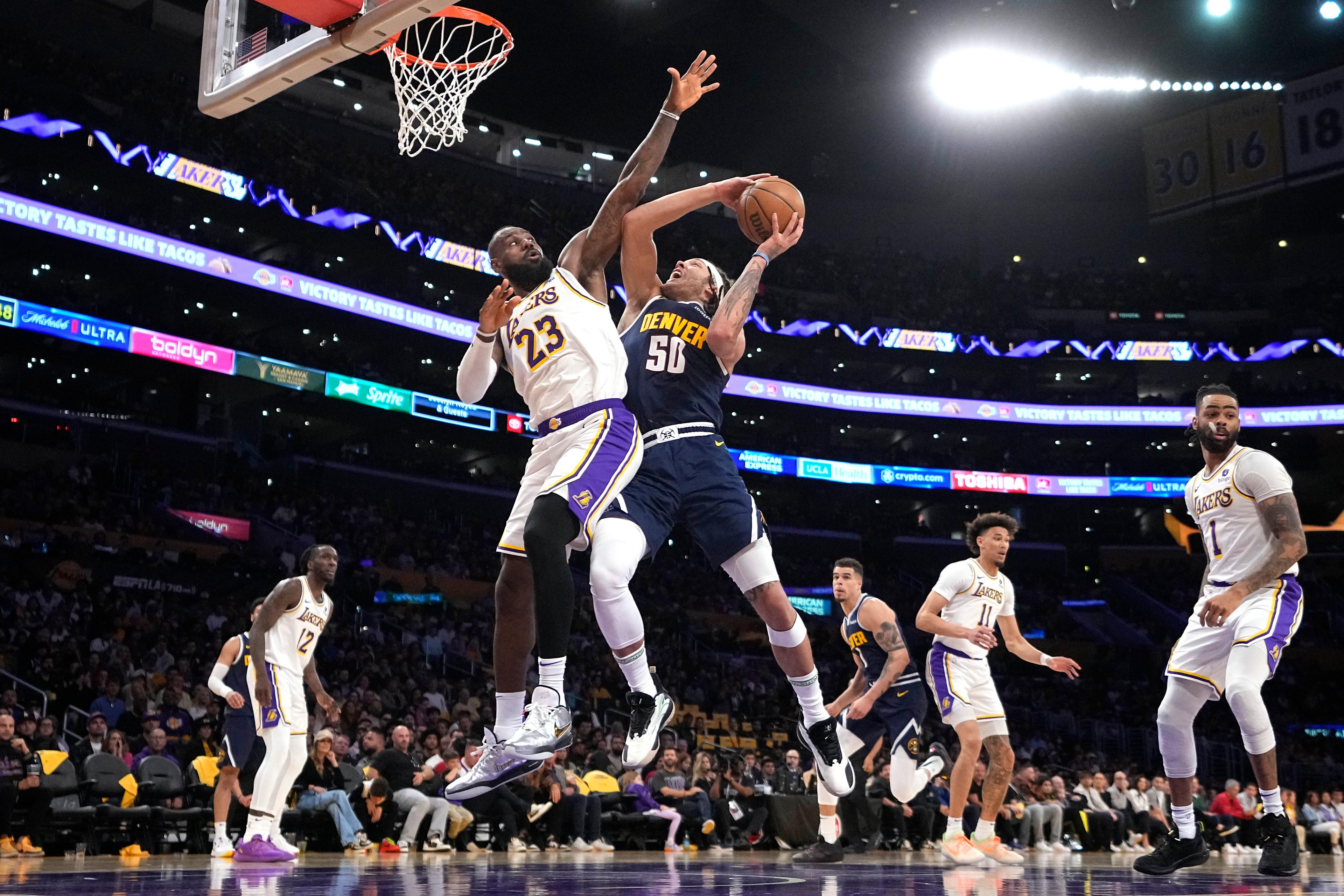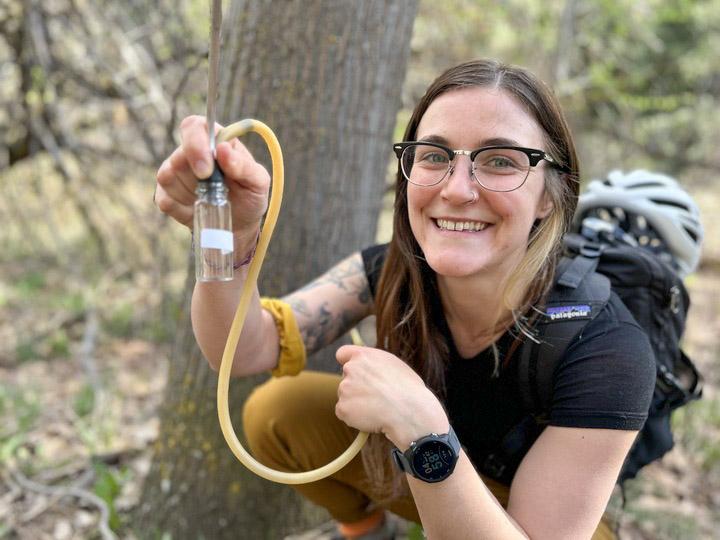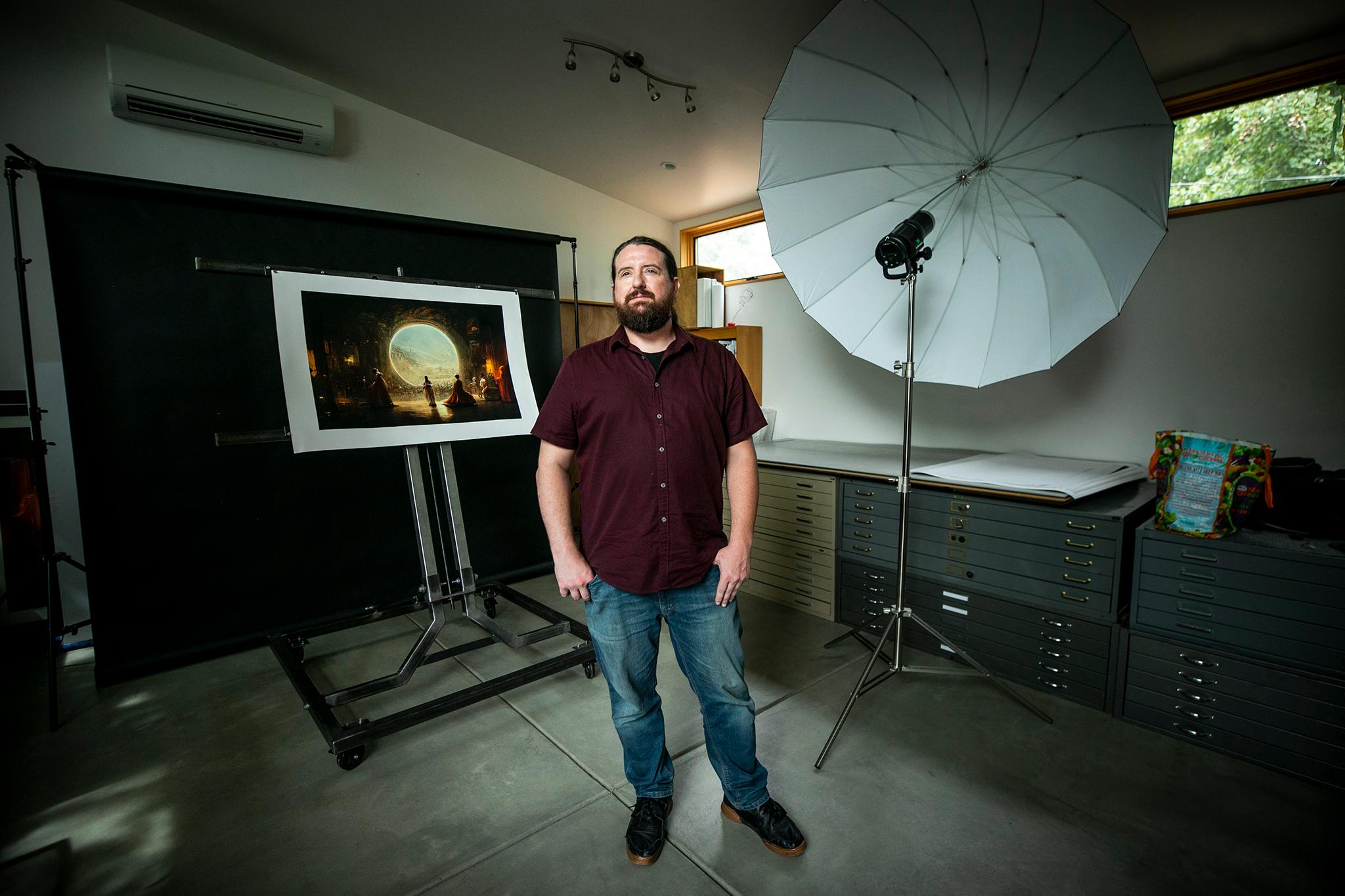
The controversial image that won a Colorado State Fair contest last year may soon become the latest front in the legal fight over artificial intelligence.
Jason M. Allen, a Colorado-based artist, used generative AI software in the creation of the image, “Théâtre D’opéra Spatial.” It has the look of an oil painting, but it is purely digital — generated in large part by software in response to a prompt by Allen.
“I'm the guy that opened Pandora's Box and ended up becoming the center of the zeitgeist revolving around this issue of AI art,” he said in an interview last month.
The image was striking enough to win part of the Colorado State Fair’s art contest last year. But the U.S. Copyright Office on Tuesday issued a final decision that it can not be copyrighted, meaning Allen can’t get legal protections to stop others from reproducing and using the image themselves.
The federal office found that Allen is not the “author” of the piece. Instead, the office wrote, “his sole contribution to the Midjourney Image was inputting the text prompt that produced it,” and then making visual modifications afterward. The office has found previously that copyright law is meant to protect human authors, not machines.
In earlier guidance, the office wrote: “[W]hen an AI technology receives solely a prompt from a human and produces complex written, visual, or musical works in response, the ‘traditional elements of authorship’ are determined and executed by the technology—not the human user.”
The Copyright Office pointed to numerous other cases in which the courts have rejected non-human authors, including one involving a book purportedly authored by “non-human spiritual beings.” (The decision also referenced a dispute about whether a monkey’s selfie could be copyrighted.”)
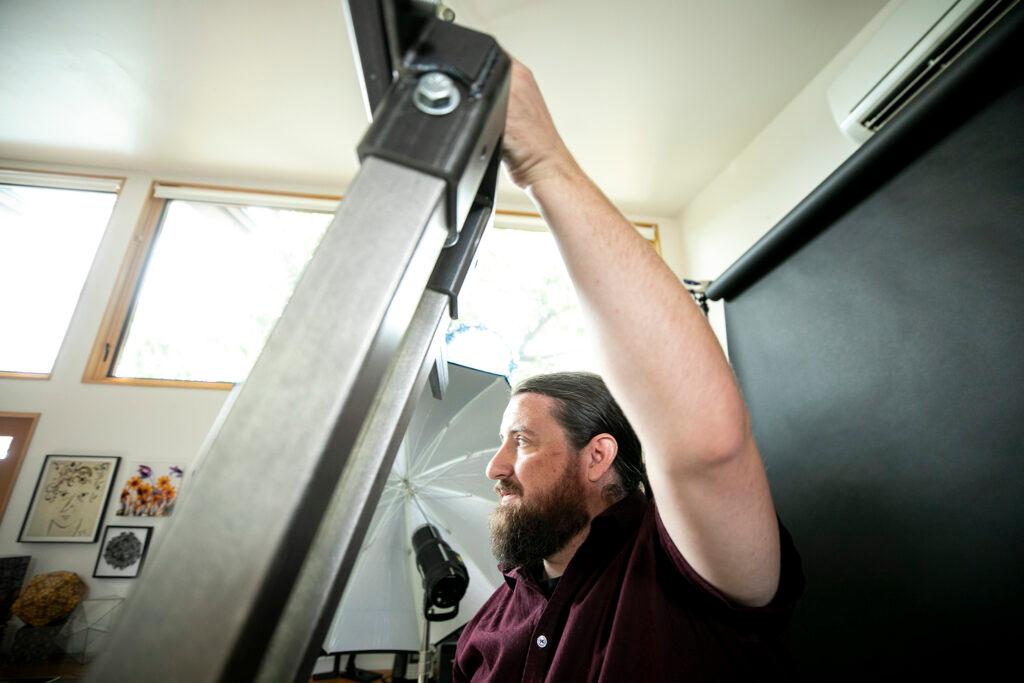
Allen argues that he was merely using Midjourney as a tool, much like an artist would use a brush. In the earlier interview, which was conducted before the latest decision, he said the idea came to him while he was nearly asleep one night.
“I had a literal vision of women in Victorian dresses wearing space helmets. I was in a hypnagogic state halfway between awake and dreaming, and I was like, ‘Oh, wow. This is something I've never thought of or seen. Oh, I could put this into Midjourney,” he said.
He inputted “at least 624” text prompts before Midjourney delivered the image he envisioned, according to the Copyright ruling.
These were used to adjust the scene, tone and focus of the image, he argued to the Copyright Office, including details about “how colors [should be] used” and what style and era of art the image should display. He used a “writing technique” for prompts that he had “established from extensive testing.”
“Art doesn't create itself, and as much as you might want to will a paintbrush to create a painting for you, it's not going to,” he said in the interview. “And right now, we're just talking about it being [created by] a much more complex system, a much more complex tool, but it is multimodal by nature, which means it requires human interaction in order to function.”
After Midjourney output the base of the image, Allen then used Adobe Photoshop to “remove flaws and create new visual content” before feeding the image into another platform, Gigapixel AI, to increase its resolution and size, according to the latest copyright decision. The work won the blue ribbon in the “digital art/ digitally manipulated photography” category of the Colorado State Fair Fine Arts competition, leading to national interest as well as intense criticism from some artists.
Allen argues that his role in directing the AI and shaping the image included “the essential element of human creativity,” according to the latest decision.
“The problem that the Copyright Office is being faced with is the fact that you cannot separate the human component from the artificial intelligence software in order to achieve anything,” Allen said in the recent interview.
The Copyright Office has now rejected Allen three times since last December, saying this week that Allen did not have true “creative control” of the work. It has held that only the “visual edits” that Allen added to Midjourney’s output could be copyrighted.
The decision follows several other rejections of attempts to copyright AI works.
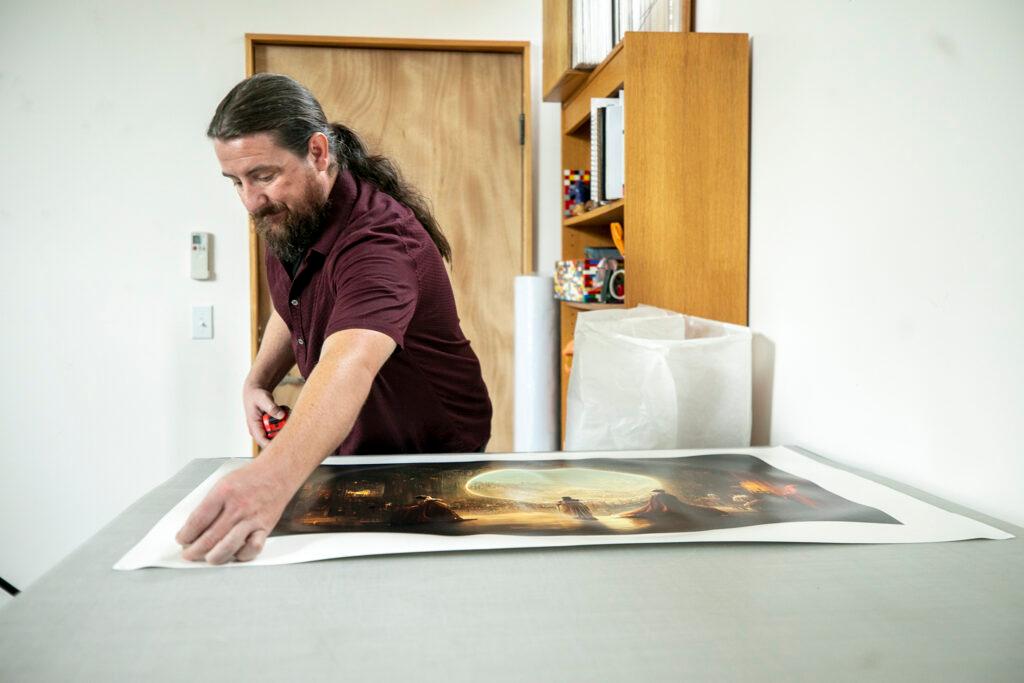
Allen’s next option is to sue in court. His and other cases could have profound impacts on the development of the AI economy. If users cannot get copyright protections for generative AI images, they may struggle to profit, and large companies may become more hesitant to use the technology.
Tech giants like Adobe and Microsoft already are building generative AI into the core of their software, from Microsoft Office to Photoshop. Allen described the Copyright Office’s stance as creating a “void of ownership troubling to creators.”
Other artists, though, have opposing concerns: a group of visual artists is suing AI makers, arguing that the use of their original works to help develop the engines is tantamount to theft.
In earlier guidance, the Copyright Office acknowledged that humans might use AI to help create art. But it said the question was just how much control and direction the human had over the work.
“If all of a work’s “traditional elements of authorship” were produced by a machine, the work lacks human authorship, and the Office will not register it. If, however, a work containing AI-generated material also contains sufficient human authorship to support a claim to copyright, then the Office will register the human’s contributions,” the office wrote.
Matthew Sag, a professor at Emory University School of Law, said that the Copyright Office's standard still seems to leave room for the use of AI tools.
"This case is difficult, because we are really asking the question, 'How much human involvement and human oversight is enough to make the human being an author?' And these are very new tools, and the Copyright Office doesn't have much experience with working with them. None of us really have that much experience," he said.
It isn't clear yet whether Allen's dispute would become a test case that helps resolve those questions, said Sag, who studies intellectual property and artificial intelligence. Allen refused to provide certain details to the Copyright Office, such as the text of the actual prompt that led to the generation of the image; that information could have strengthened his case and sharpened the legal question at the heart of it, Sag said.
But sooner or later, Sag added, those questions about AI authorship will get more answers. "I don't think this case is the last word on this subject. I think the Copyright Office is doing the best it can, but it's also to some extent learning on the job," he said.

